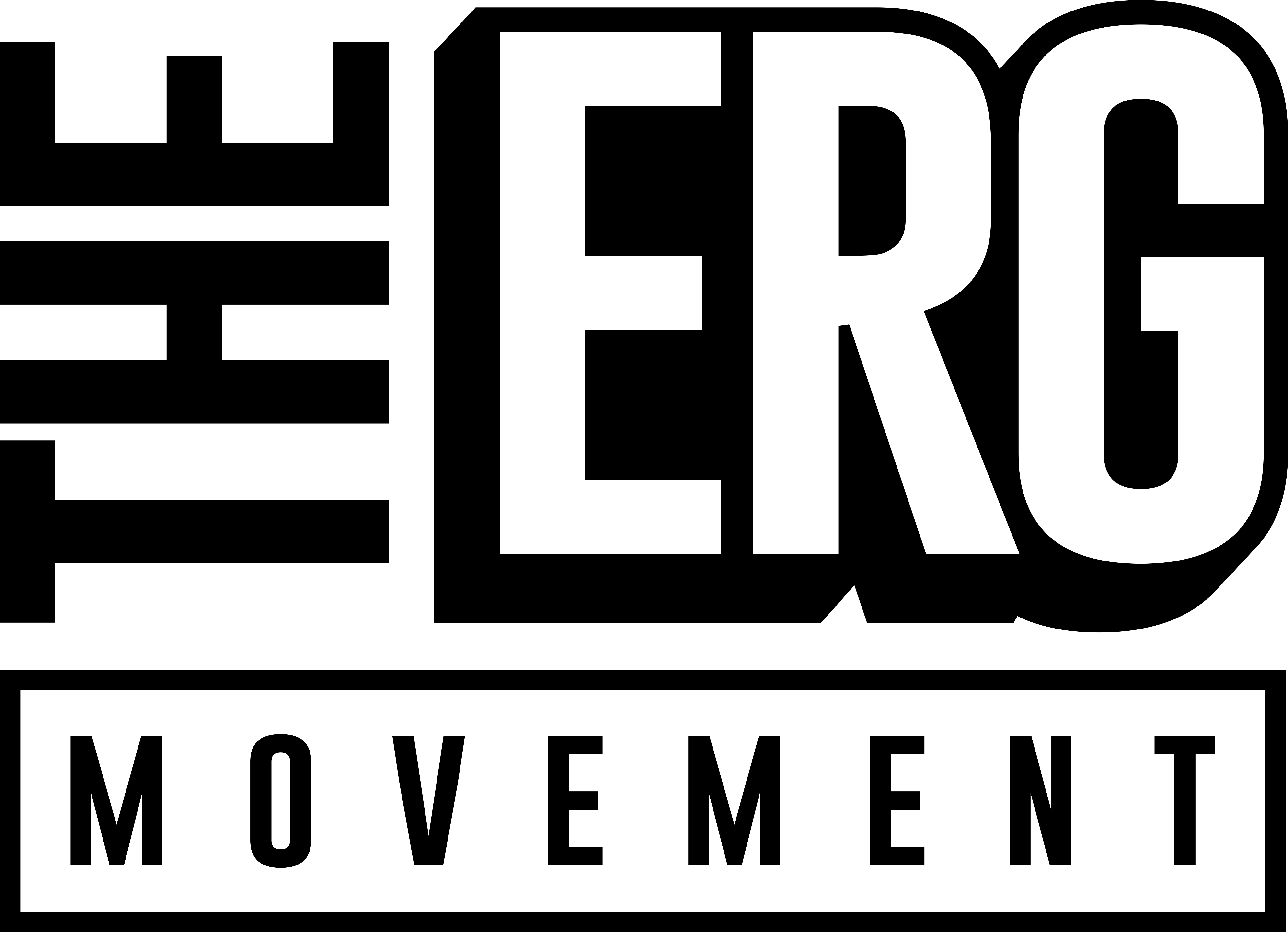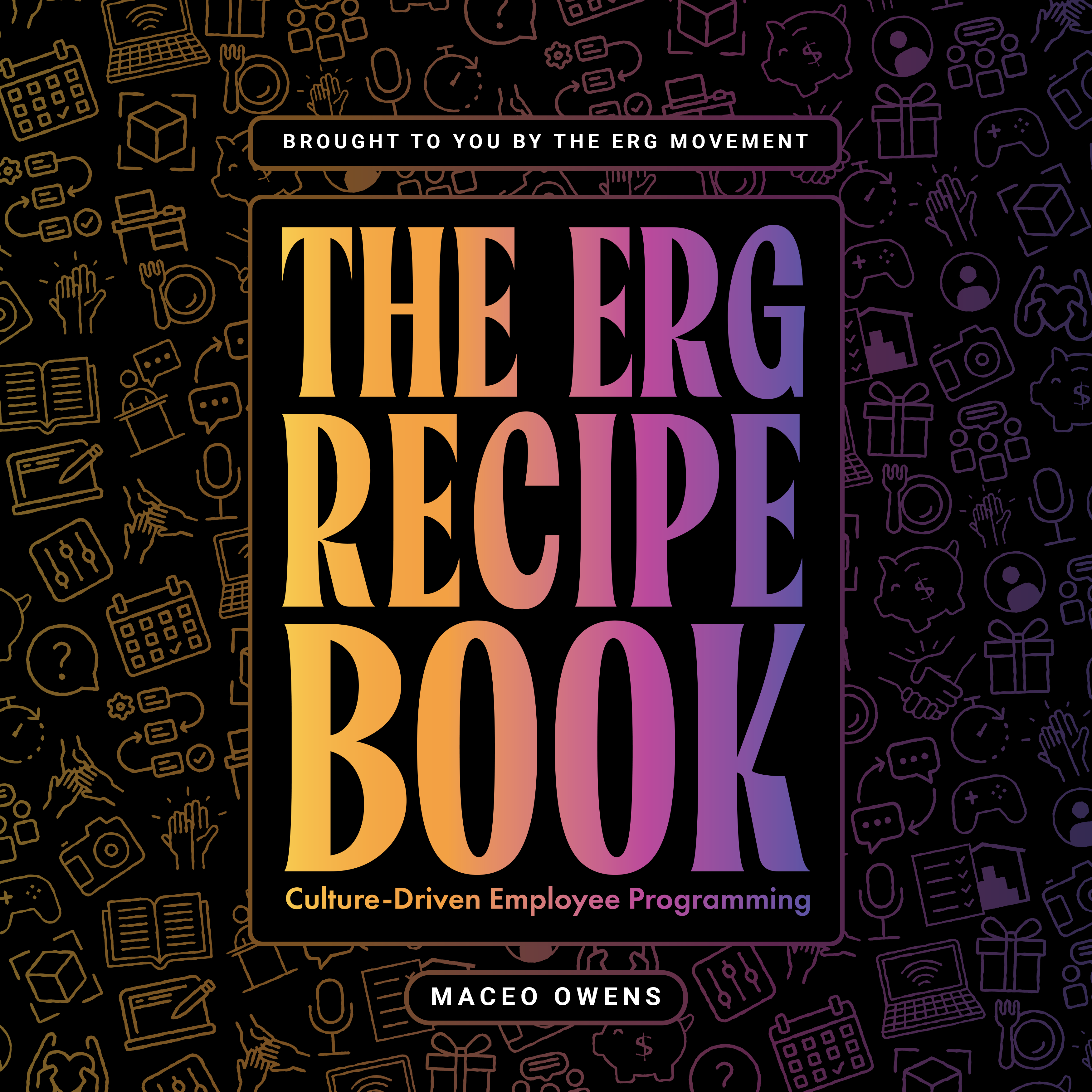Which ERG metrics matter most for improving engagement?
Let’s be real for a moment—when it comes to measuring the impact and effectiveness of Employee Resource Groups (ERGs), many companies and ERG programs miss the mark. So, what’s the secret to measuring success, and what do you absolutely need to know about ERG metrics?
Enter the ERG Metric Triangle—a framework I developed on my ERG data journey to simplify the process for you. This triangle consists of three types of ERG-related metrics, each with its own unique purpose in evaluating your ERG’s success and impact. Knowing which metrics to focus on is critical because, let’s face it, the one you’re obsessing over might not even be (and probably is not) the most important!

The Three Levels of the ERG Metric Triangle
Think of these metrics as three levels of a triangle. Here’s what you need to know:
1. Input Metrics: The Foundation
At the base of the ERG Metric Triangle, you’ll find Input Metrics aka Activity Metrics (not to be confused with the activity leader role). These are arguably the most important elements of an ERG. These metrics focus on the actions you, as an ERG leader, are taking. Every ERG role should have an Input Metric tied to its responsibilities. What is the frequency or number of times a certain action should be completed on a monthly or quarterly basis? Input Metrics offer insight into the efforts that drive your ERG's success because there’s a direct correlation between what you do and the results you achieve.
Examples of Input Metrics include:
- The number of communication posts you’ve scheduled.
- How many direct messages you’ve sent to members.
- The frequency of ERG member events.
Why are these metrics so important? Because they help you understand what’s fueling your ERG's results—aka engagement levels. Overlook these, and you’re flying blind when it comes to figuring out what’s really driving your community. Input Metrics also increase clarity in your work as an ERG Leader, giving you a clear understanding of the expectations for your volunteer role.
2. Outcome Metrics: Measuring Results
Next up, in the middle of the Triangle, are Outcome Metrics. These are also known as Results Metrics because they measure the results of all those activities you’ve been tracking. Commonly measured metrics here include new ERG member count, event attendance, and participation rates.
But don’t just stop at counting heads—go deeper. Convert these raw numbers into percentages, like the percentage Member Engagement Score (how many members are actually engaged and participating—you may hear this referenced as “Active Members”). This will give you a clearer picture of how engaged your community really is. Another example is your Channel Engagement Score—measuring the percentage of your channel members who have engaged in your communications channel over the last 30 days.
Why use percentages instead of raw numbers? Using percentages instead of raw numbers helps you tell a better story with your data by giving you a clearer picture of your ERG’s performance. Percentages let you see how engagement changes over time and how your efforts are making a difference. Plus, they adjust when your company size changes—if there are layoffs, the number of people attending might drop, but the engagement percentage could stay the same. This way, you get a true sense of how connected your community really is, no matter what’s happening with your company size.
3. Inspiration Metrics: The Aspirational Goals
At the top of the Triangle, we have Inspiration Metrics. These are the ones that show how your ERG is moving the needle on broader company goals that may be correlated to the communities that the ERGs serve but are not directly tied to your ERG’s day-to-day community-building efforts—and likely not in the ERG's direct control to change. Think of these as the “nice-to-haves.”
Examples include:
- Representation of your identifying community within your company.
- Correlation of your identifying community with company engagement scores.
Many ERG Leaders feel stuck on data when they don’t have these metrics or, worse, feel like their efforts are in vain if they cannot obtain (much less impact) these metrics. This is why it’s key to center the ERG's success not on metrics it cannot control but on the impact of the community itself on its members. The core ROI of an ERG isn’t about volunteers impacting larger initiatives but ensuring that members of your community feel positively impacted by the niche space you facilitate. While Inspiration Metrics are good to know, they shouldn’t be a focus when evaluating ERG success.
Bonus Tip: Demonstrating responsibility through strategic increases over a consistent period with the data you do have—Input & Outcome Metrics—can get you access to the data you don’t have, like Inspiration Metrics.
Why Input Metrics Matter Most
You might be wondering, “Why should I care so much about Input Metrics?” The answer is simple: Understanding the activities and inputs that drive engagement is key to sustaining and improving your ERG's long-term success.
For instance, consider the number of posts you’ve scheduled. How did they impact your community’s engagement? Did the number of direct messages you sent to members influence the response rates to your surveys? By drawing connections between your actions and the resulting engagement, you can make smarter, data-driven decisions to enhance your ERG’s impact.
Take the Next Step: Evaluate Your Metrics
Now that you’ve got a handle on the three types of ERG metrics, it’s time to take a closer look at the metrics you’re currently using. Ask yourself:
- Do the current metrics that we measure fall into the Input, Outcome, or Inspiration category?
- What insights do our current metrics give us on how to increase engagement in our community?
- Do we have any input metric expectations for our ERG program?
- Are there any key activities or inputs we’re not currently measuring that could drive better results?
- Are we measuring our current outcome metrics in raw numbers, or are we using percentages for easier storytelling?
- How are we collecting and storing our ERG metrics?
- How are we visualizing our ERG metrics?
Here’s a pro tip: If you’re only tracking the number of members, event attendees, and survey responses, you’re stuck in the Raw Number Outcome Metrics zone—it’s time to level up your data game.
By evaluating your metrics through the ERG Metric Triangle, you can pinpoint areas for improvement and refine your approach to measuring success, making it easier to showcase the true value of your work as an ERG Leader.







.svg)





%20(1).jpg)

.svg)